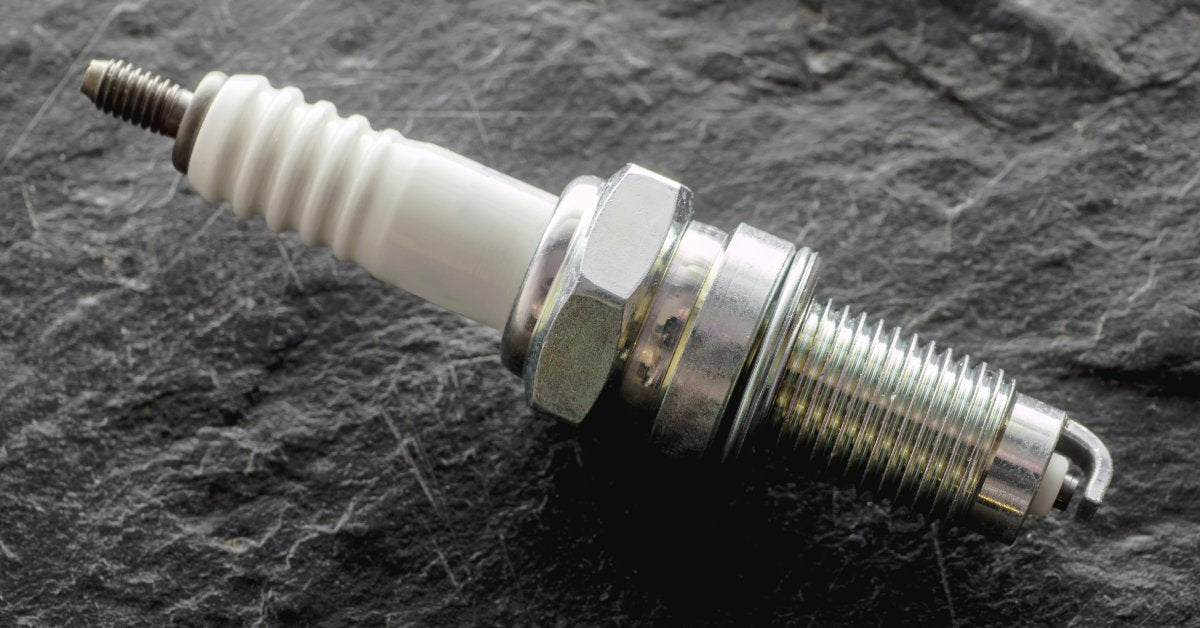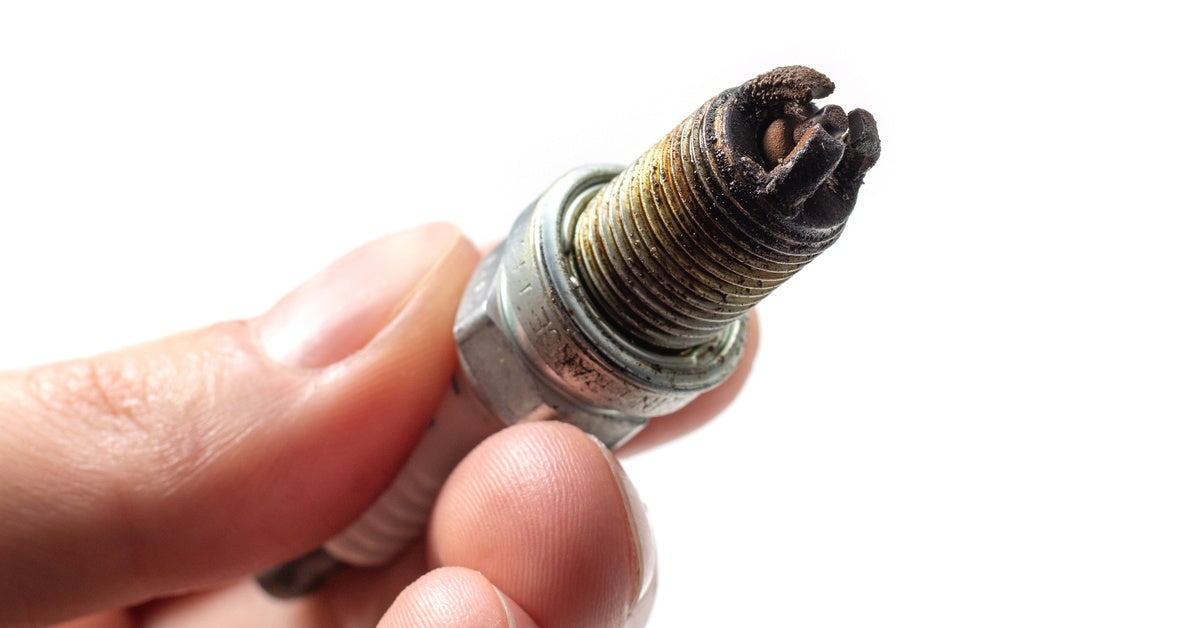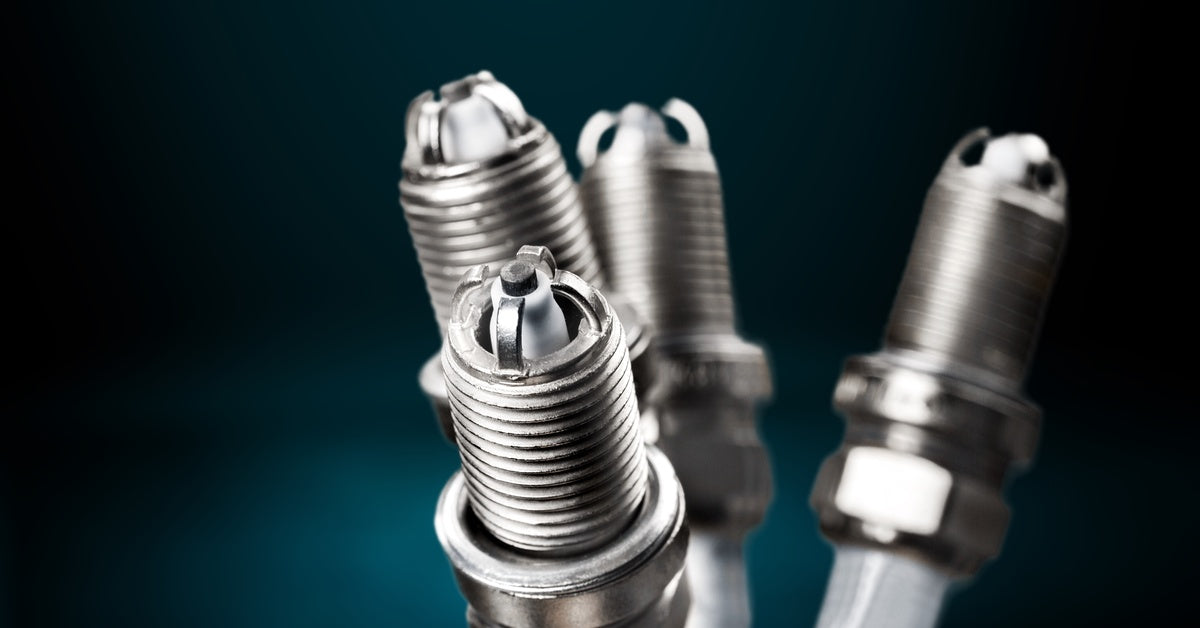
Most people know that spark plugs create the spark that ignites fuel, but few understand how each part contributes to this process. Each component of a spark plug has a specific job, from conducting electricity to dissipating heat. When you know how to identify the different parts of a spark plug, you can make smarter decisions about maintenance.
Threaded Shell
The threaded shell forms the main body of a spark plug. This metal cylinder screws directly into an engine’s cylinder head, creating a secure connection between the plug and the combustion chamber. The threads must match your engine’s specifications exactly, or the plug won’t seat properly.
Thread size varies between engines, with common measurements including 14 mm, 18 mm, and 12 mm diameters. The pitch (distance between threads) also matters. A mismatched thread can damage your engine’s cylinder head, leading to expensive repairs. The shell also determines the plug’s reach, which is how far it extends into the combustion chamber.
Most shells are made from steel or nickel-plated steel for durability and corrosion resistance. The shell must withstand extreme temperatures and pressure while maintaining a tight seal.
Insulator
A ceramic insulator surrounds the center electrode and prevents electrical current from jumping prematurely to the shell. This white or off-white ceramic component must withstand thousands of volts with perfect insulation.
Modern insulators are made from aluminum oxide ceramic chosen for its electrical resistance and thermal properties. The internal design includes ribs and ridges that increase the path length for electrical current, further preventing unwanted electrical leakage.
The insulator’s tip extends into the combustion chamber alongside the center electrode. Its length and shape affect heat transfer from the electrodes. A longer insulator tip runs hotter, which helps burn off carbon deposits but can cause preignition if it’s too hot for your engine’s requirements.
Center Electrode
The center electrode carries electrical current from the ignition system to the spark gap. This rod-shaped part must conduct electricity efficiently and resist the erosion caused by thousands of sparks per minute.
The electrode’s diameter affects spark formation and durability. Thinner electrodes create stronger electrical fields, making spark formation easier. However, thicker electrodes last longer under harsh conditions. Manufacturers balance these factors based on the plug’s intended application.
Ground Electrode
The ground electrode creates the spark gap by providing a path for electrical current to complete its circuit. Welded to the threaded shell, this L-shaped component positions itself precisely across from the center electrode.
The ground electrode’s position determines spark location and intensity. The gap between ground and center electrodes must be precisely set—typically between 0.028 and 0.060 inches, depending on your engine’s requirements.
The shape of the ground electrode affects combustion efficiency. Traditional J-shaped designs work well for most applications, but some manufacturers experiment with different configurations to improve flame propagation and reduce electrode wear.
Some spark plugs feature multiple ground electrodes arranged around the center electrode. These designs provide multiple spark paths, potentially improving ignition reliability and extending their lifespan as wear occurs.
Terminal Stud

The terminal stud connects to the ignition system through the spark plug wire or coil pack. This threaded or shaped connection point must provide reliable electrical contact while resisting corrosion and vibration.
Different engines use specific terminal designs. Some feature threaded studs that accept screw-on connectors, while others use shaped terminals compatible with specific connector designs.
A secure terminal connection prevents voltage loss and delivers a consistent spark. Loose connections cause misfires and potential ignition system damage.
Gasket or Tapered Seat
Spark plugs seal against the cylinder head using either a crush gasket or a tapered seat design. This seal prevents combustion pressure from leaking past the plug while maintaining proper heat transfer to the cylinder head.
Gasket-type plugs use a soft metal washer that crushes when tightened to the correct torque specification. The gasket deforms slightly, creating a perfect seal against the plug shell and cylinder head surface.
Tapered seat plugs use a precisely machined cone shape on the shell instead of a separate gasket. The tapered surface mounts to a matching cone in the cylinder head, creating a metal-to-metal seal when properly torqued. Both sealing methods work effectively when installed correctly.
Spark Gap

The spark gap measures the distance between the center and ground electrodes where the actual spark occurs. This measurement critically affects ignition timing, combustion efficiency, and electrode wear rates.
Wider gaps require higher voltage but can ignite leaner fuel mixtures and provide stronger ignition. Narrower gaps need less voltage but may not ignite efficiently under all conditions. Modern engines with high-energy ignition systems often specify wider gaps than older designs.
Gap specifications vary by engine design, compression ratio, and fuel type. High-compression engines typically require smaller gaps to prevent misfires, while low-compression engines may benefit from wider gaps for better combustion initiation.
Electrode Materials
Electrode materials affect spark plug performance, durability, and cost. Understanding these materials helps you choose plugs suited for your engine and driving conditions.
Copper-core nickel electrodes provide good performance at reasonable cost. The copper core effectively conducts heat, while the nickel alloy surface resists spark erosion. These plugs work well in most standard applications but require more frequent replacement than premium alternatives.
Platinum electrodes offer superior durability and maintain sharp edges longer than conventional materials. Single platinum plugs feature platinum only on the center electrode, while double platinum designs coat center and ground electrodes. Platinum plugs typically last 60,000 to 100,000 miles.
Iridium represents the premium electrode material, offering the best durability and performance characteristics. Iridium’s extreme hardness and high melting point resist wear exceptionally well. These plugs can last 100,000 miles or more, providing excellent performance throughout their service life.
Heat Range
The heat range describes how quickly a spark plug transfers heat from its firing tip to the cooling system. It dictates whether a plug runs hot enough to burn off deposits but not to the point where it prevents preignition.
Cold plugs transfer heat fast, keeping electrode temperatures low. These work best in high-performance engines that generate lots of heat. Hot plugs transfer heat slowly, running at higher temperatures to burn off carbon deposits in low-load applications. A longer insulator tip runs hotter, and shorter tips run cooler. However, electrode materials and shell design also influence thermal characteristics.
Knowing how to identify the different parts of a spark plug empowers you to make informed maintenance decisions and diagnose engine problems effectively. Each part serves a specific purpose in creating ignition under demanding conditions. E3 Spark Plugs has developed unique designs that maximize combustion efficiency through innovative shapes and configurations. Visit our website for a diverse range of reliable parts for your vehicle today.







